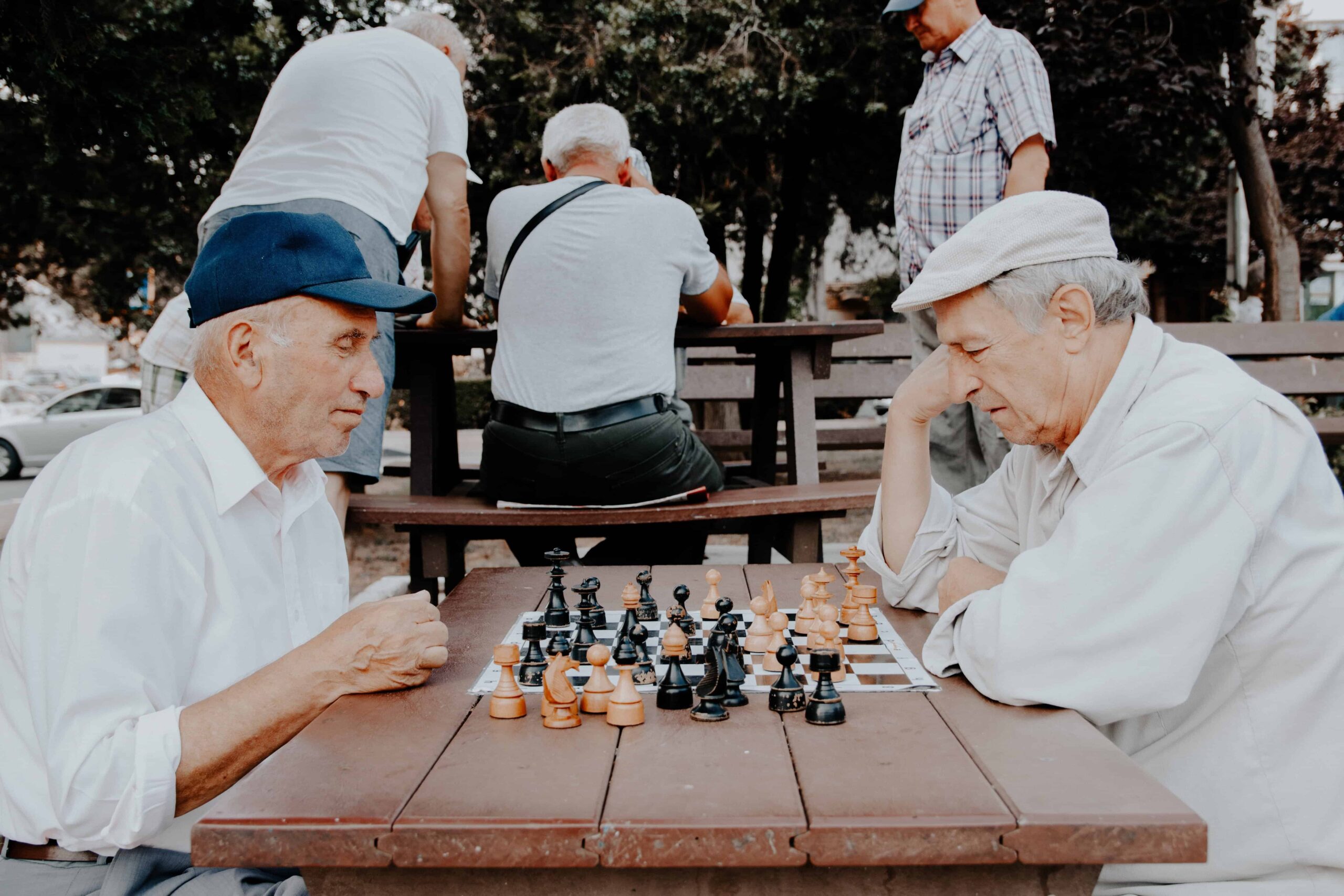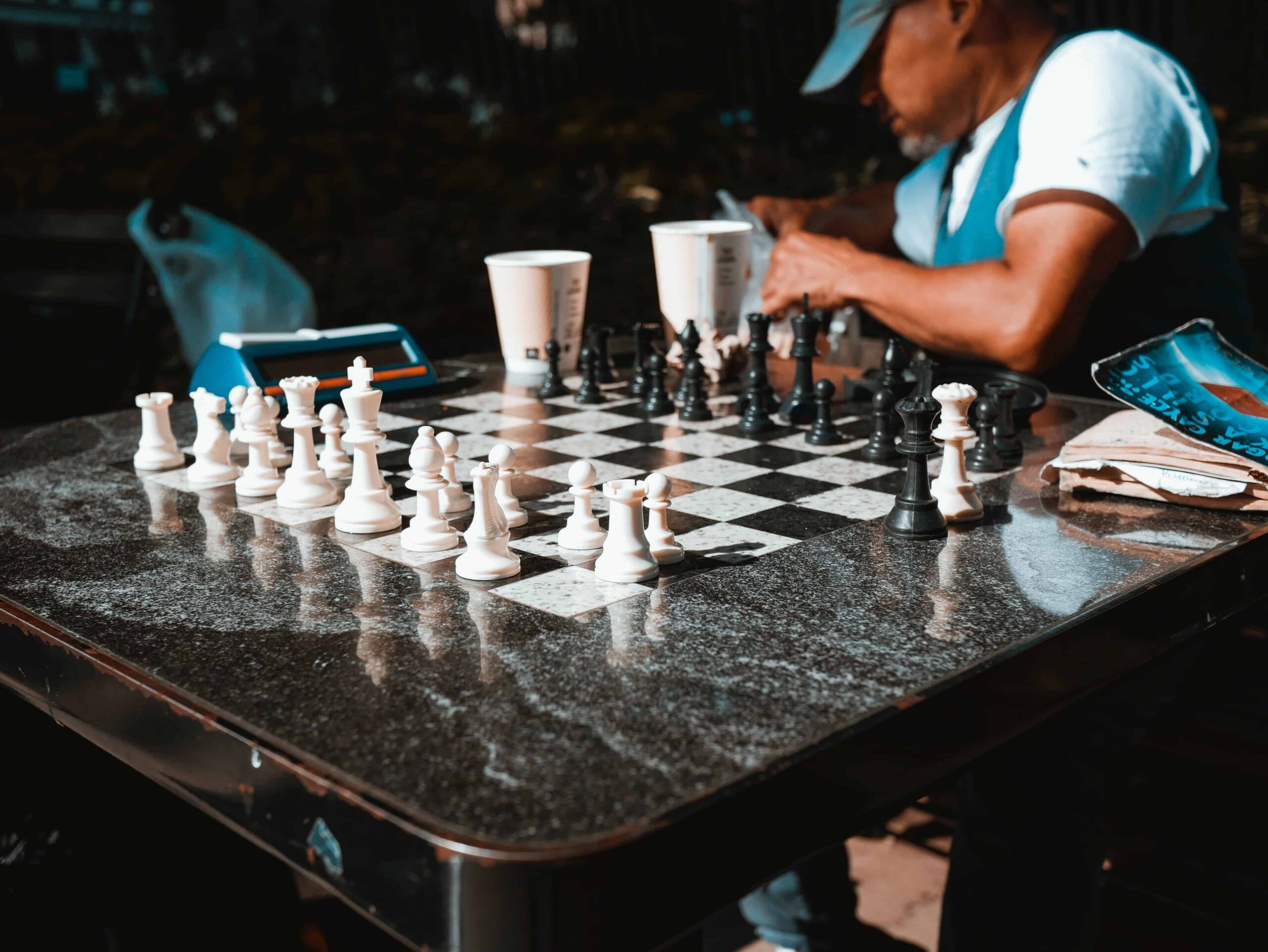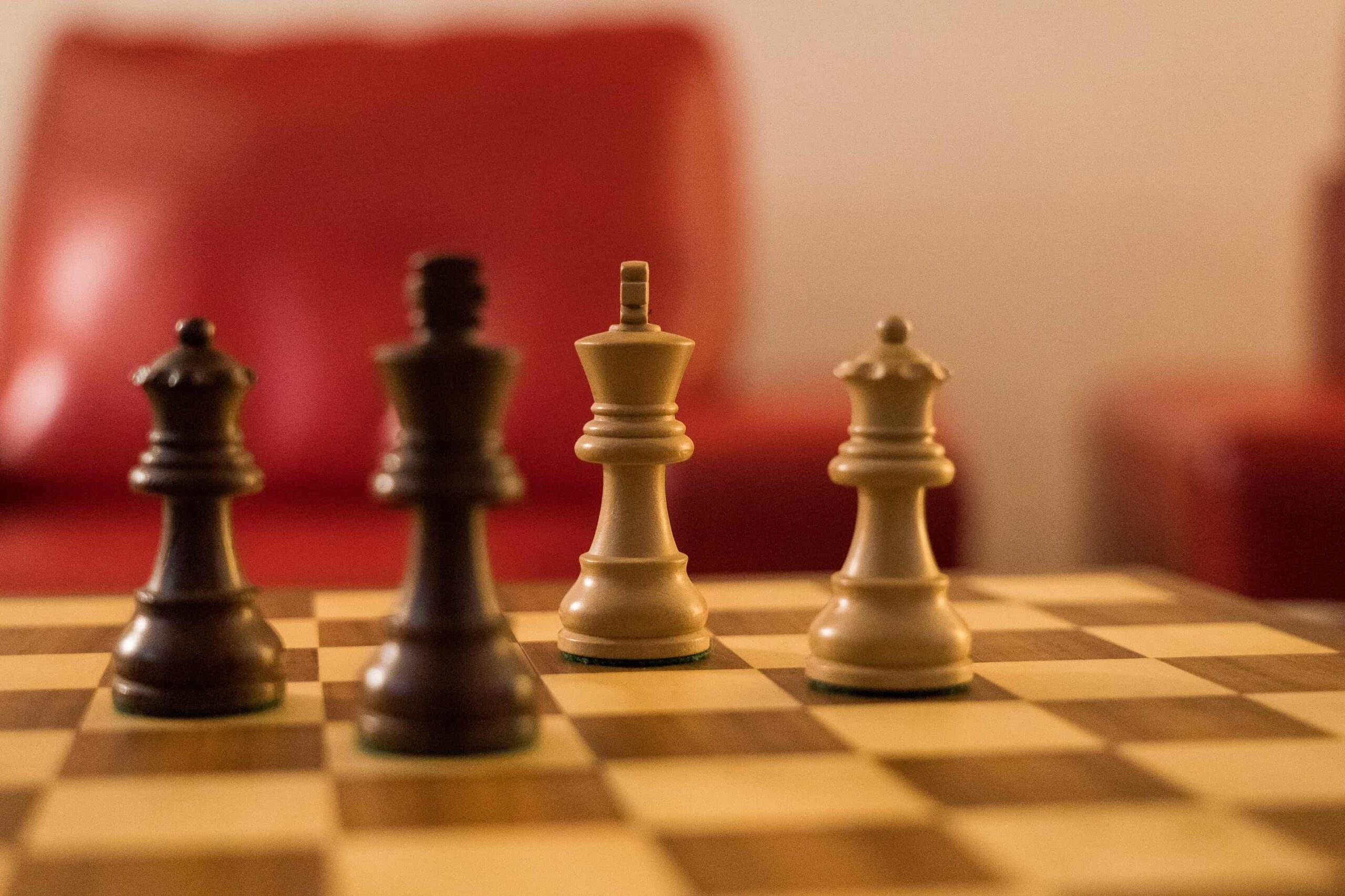Have you ever been in a chess game where it seems like neither player can win? That’s called a stalemate, and it’s actually a draw. What is a stalemate in chess? Stalemate is one of the most frustrating things that can happen in a game of chess. It’s when both players are stuck, and neither can make any more moves.
The game ends in a draw, even though one player may have been winning up until that point. In this blog post, we’ll explore What is a stalemate in chess, how it happens, and some common ways to avoid it. So whether you’re a beginner or a seasoned chess pro, read on to learn more about this fascinating aspect of the game!
Another Interesting Read: How Many People Can Solve A Rubik’s Cube?
What Is A Stalemate In Chess And How Does It Happen
The game of chess is all about strategy and wit. One term in particular, “stalemate,” can be a frustrating event for both players involved when it happens at the end-of drawn outmatch or tournament where there were no clear winners due to time running outs on your clock but instead resulted into an exciting draw which offered more aesthetic pleasure than just plain old happy moments!

Stalemate is often the last resort for players who find themselves stuck with no legal moves. However, this strategy can backfire if your opponent catches on and takes advantage of the situation by playing more pieces into play or otherwise disrupting what would have been an effective defence against him/herself.
As it turns out there are actually some subtle rules that dictate when stalemates happen – according to standard chess regulations, they renew the game permanently without any additional movements from either side after reaching such a point where both sides are deadlocked over the material.
The Consequences Of Stalemate In Chess
In a casual game of chess, it’s not that big of a deal if you end up in a stalemate. However, in more competitive games, such as tournaments, it can be devastating. A player who has been winning up until that point may see their entire game collapse because of one move.
Stalemate can also be used as a strategic move by a player who is behind in the game. If they can’t win, they may try to stalemate their opponent and force a draw. This can be frustrating for the other player and may cause them to lose focus.
If you’re looking for a way to spice up your chess games, then try using this rule. It might seem counterintuitive at first, but the current rules of play define stalemate as being draws and not likely going anywhere anytime soon which makes it perfect!
When a pawn becomes trapped on the board, it can’t go anywhere. This motif of being stuck in one position with no way out is called a “stalemate”. The game ends up being tied at random if there’s no winner after an entire repetition has been played (or drawn).
How To Avoid Stalemate In Your Own Games
The best way to avoid stalemate is to keep your options open and always be prepared for different situations. You may also want to avoid playing too many pieces into one position, as this can leave you vulnerable to a stalemate. If you find yourself in a stalemate situation, try to break out of it by making a move that your opponent doesn’t expect.
There are several ways to avoid stalemates in chess. One is to keep your options open and always be prepared for different situations. You may also want to avoid playing too many pieces into one position, as this can leave you vulnerable to a stalemate. If you find yourself in a stalemate situation, try to break out of it by making a move that your opponent doesn’t expect.

There are many stalemates in chess, especially between beginners. Players know the basic rules of the game but cannot seem to find a way out for their opponent when they’re up against them and stuck without any moves left on either side!
White is a whole queen up in this position. Black only has the king, but many beginners don’t know how to win by mating patterns and taking away even more squares from their opponent instead of helping with checkmate for White’s queenship!
Stalemate can happen at any point in the game, but it’s most likely to occur near its end. To avoid a stalemate from happening you’ll need an extra resource or idea that your opponent doesn’t know about yet – just like how they may be able to set up their defence before knowing what attack will come next!
Fun Facts About stalemate in chess!
The endgame rook + bishop vs. The theoretical draw becomes an important defensive resource in more complex situations. The Stalemate “stalemate” is also a key point of defence for players who find themselves at risk due to Komodo’s excellent play with this position.
A stalemate is a situation that can arise in the game of chess where, because of the position of the pieces on the board, it’s not possible for either side to make a legal move. This can result in a draw being declared.
There are actually some subtle rules that dictate when stalemates happen – according to standard chess regulations if neither player has enough pieces to checkmate the other, and there are no legal moves that can be made, then the game is a draw.
The stalemate can be used as a strategic move by a player who is behind in the game. If they can’t win, they may try to stalemate their opponent and force a draw. This can be frustrating for the other player and may cause them to lose focus.

Parting Words: What is a stalemate in chess!
So, now you know all about what is a stalemate in chess? It’s when both players are stuck and neither can make any more moves. The game ends in a draw, even though one player may have been winning up until that point. It’s a common situation and can happen at any stage of the game. There are ways to avoid it, but sometimes it’s just unavoidable. Make sure you know what to do if it happens to you!
In this blog post, we’ve explored what is a stalemate in chess, how a stalemate happens, some common ways to avoid it, and what you need to know if you want to avoid getting into a stalemate situation yourself. Now that you’re an expert on the topic have a look at common chess blunders and castling tips with how to checkmate in 4 moves. Also, put your new knowledge into practice and see how well it works for you!
You Might Also Like:
How Does The Horse Move In Chess?
Why Is Chess So Hard To Play?
How To Play Chess By Yourself?
